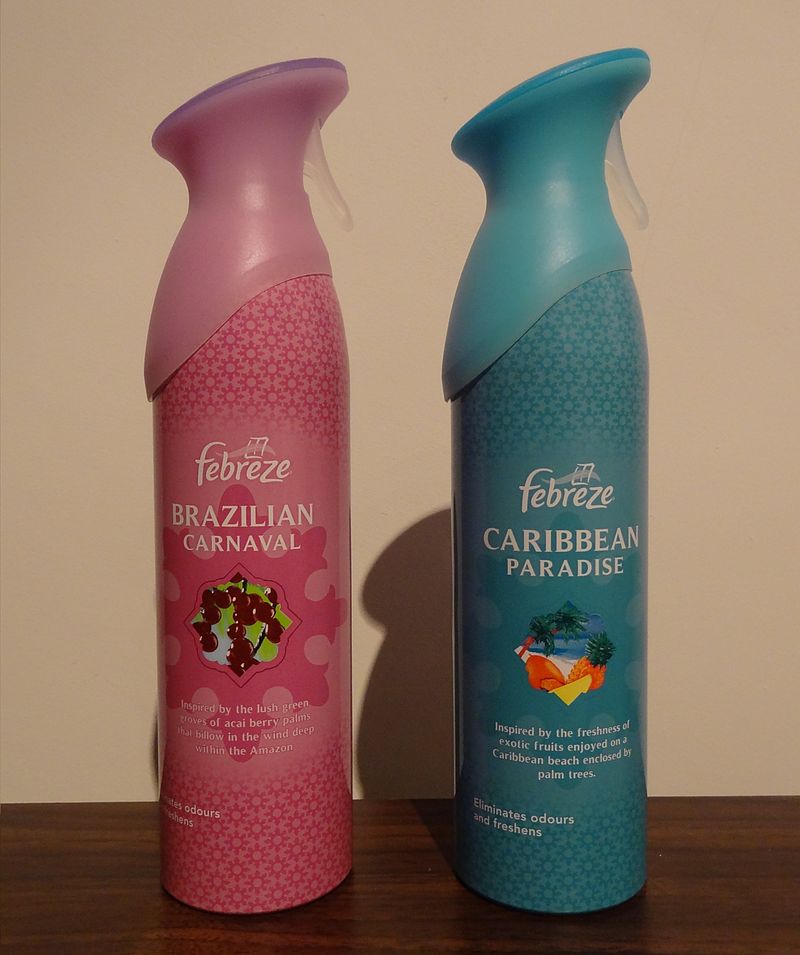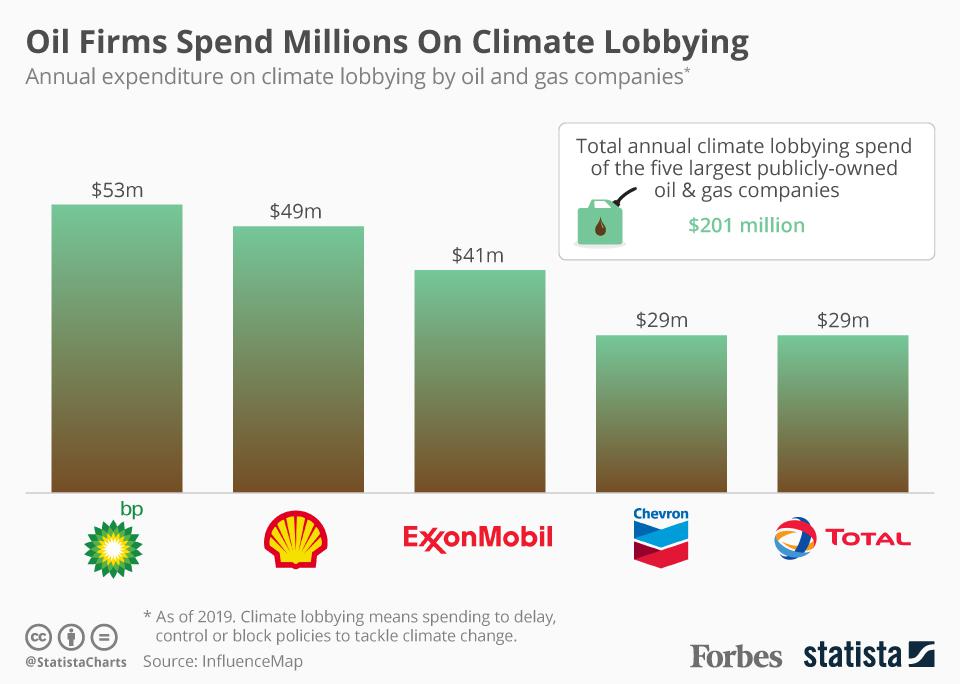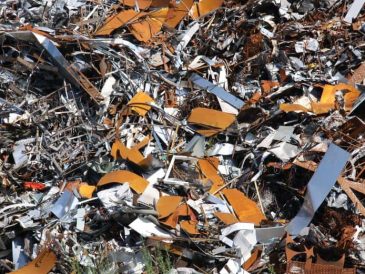Chlorofluorocarbons (CFCs) were once common in virtually all fragrance sprays; aerosol hairsprays, for instance, contained many. Nowadays, however, they are rarely if ever used. The reason for this has to do with their effect on the environment and human health.
What are CFCs?
Per the Center for Sustainability, CFCs were created way back in the 1930’s. They were originally used in all kind of products including coolants, aerosol propellants, and cleaning solvents. Their widespread use was largely based on their perceived benignity: they are non-toxic and non-reactive with most other chemicals. However, they aren’t risk free.
When CFCs are released into the air, they rise up to the stratosphere, or the layer of the earth’s atmosphere that is about twenty five miles up above the surface. Here, they come into contact with sunlight, which is actually able to break the CFC’s chemical bonds. The end result is very reactive free chlorine atoms.
These free atoms pull ozone molecules apart and create a thin opening in the stratosphere. That is why the hole in the ozone layer has been an environmental concern for quite some time.
The CFCs also contribute to the earth’s greenhouse effect. Like carbon dioxide and other similar greenhouse gasses, CFCs are heat-trapping compounds, ultimately leading to global warming. Global warming, a phenomenon where the average temperature has continually risen, can lead to more extreme weather, droughts, flooding, heat waves, ocean acidification, and the extinction of certain species. It can also threaten food safety.
CFCs and Health
In general, CFCs are more toxic to the environment than they are to human health, but they still introduce both direct and indirect consequences. According to the National Library of Medicine, direct and prolonged exposure to CFCs can cause unconsciousness, shortness of breath, and an irregular heartbeat. Continual exposure can lead to drowsiness, confusion, sore throat, difficulty breathing, pain, and eye redness. When exposed to the skin, certain types of CFCs can also cause dryness and frostbite.
Indirectly, the health effects of CFC are a result of environmental damage. When the ozone layer becomes thin, UV rays reach the earth easier and in greater intensity. Too much of these rays can cause skin cancer (including potentially life-threatening melanoma), cataracts, and poor immunity.
The Banning of CFCs
For decades, the dangers of CFCs weren’t realized; this is why they were used so liberally. But, in 1973, the risks grew clear and, fourteen years later, the Montreal Protocol was developed. This is an agreement among many nations, each pledging to reduce CFC production in an attempt to save the earth.
Per the EPA, the Montreal Protocol stipulated that CFCs, halons, carbon tetrachloride, and methyl chloride were to be phased out by 2000 (though methyl chloride wasn’t slotted for elimination until 2005). It is one of the only world-wide agreements with trade sanctions imposed in order to reach the goals of the treaty. These trade sanctions were justified due to the hole in the ozone layer being everyone’s problem.
By joining in the elimination of CFCs (and other mentioned compounds) on a global front, the ozone layer should be able to repair itself (at least in part) within a few decades. This is why fragrant room sprays, hairsprays, and sunscreens and the like are now CFC-free.




